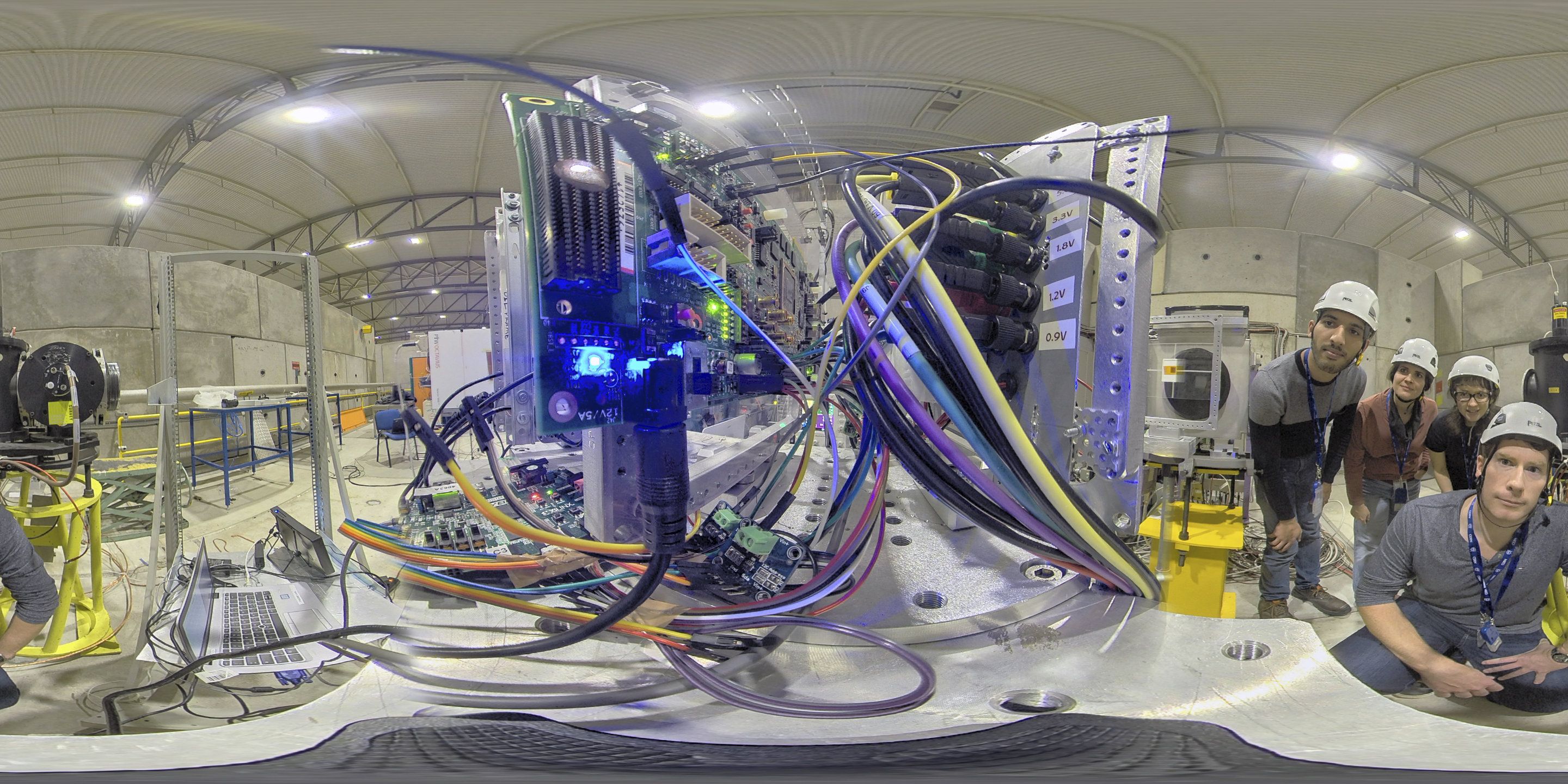How CERN is using enterprise asset management from Infor and ramping up the automation of its IT services to plumb the depths of the universe.



An ESA-led team subjected Intel’s new Myriad 2 artificial intelligence chip to one of the most energetic radiation beams available on Earth. This test of its suitability to fly in space took place at CERN, the European Organization for Nuclear Research. The AI chip is related in turn to an ESA-fostered family of integrated circuits.

A blood test can detect cancer within just 10 minutes, scientists have found, raising hopes that hard-to-spot diseases could be picked up early when treatment is most effective.
Currently doctors use symptoms and a raft of tests and biopsies to determine if cancer is present which can sometimes take months.
The new method from the University of Queensland looks for differences in the genetic code of cancerous and healthy cells.
In May, Google made quite the splash when it unveiled Duplex, its eerily humanlike voice assistant capable of making restaurant reservations and salon appointments. It seemed to mark a new milestone in speech generation and natural-language understanding, and it pulled back the curtain on what the future of human-AI interaction might look like.
What is the coldest object in the world?

Questions have been raised recently regarding Jeanne Calment’s record as the oldest recorded human.
If you open an article dedicated to supercentenarians, it is very likely that at its very beginning, you will see the name of Jeanne Calment, the oldest known person in the world, who is believed to have lived for up to 122 years. Jeanne is not merely a unique phenomenon from the point of view of statistics; over the years, she became a symbol of extraordinary human capacities.
For a person who sticks to a healthy lifestyle or even engages in biohacking in order to live longer, Jeanne’s record is a teasing goal to achieve and surpass; however, to the researchers of aging, this extremely rare event is rather a reason for curiosity – and skepticism.

Five years ago, Amazon’s Jeff Bezos predicted that by now we would all be getting packages delivered by drones. Despite numerous trials and pilots around the globe, we’re still waiting. Meanwhile other companies have been nipping at Amazon’s heels, including Google’s parent company Alphabet. Its Project X drones started delivering burritos to customers in Australia’s Capital Territory last year, and has now announced that folks in Finland can look forward to package deliveries by air from early 2019.

Who isn’t interested in new ways to apply stem cell therapy these days?
Speaking of, have you heard about the scientists in Philadelphia, PA, who have been injecting stem cells directly into the spinal cords of medically brain-dead people in order to revive them?
In a page taken from Mary Shelley’s Frankenstein, the idea of “bringing people back from the dead” is a little too much like “playing God” for some critics to appreciate.

Analyst Salveen Richter and colleagues laid it out:
The potential to deliver “one shot cures” is one of the most attractive aspects of gene therapy, genetically engineered cell therapy, and gene editing. However, such treatments offer a very different outlook with regard to recurring revenue versus chronic therapies… While this proposition carries tremendous value for patients and society, it could represent a challenge for genome medicine developers looking for sustained cash flow.
For a real-world example, they pointed to Gilead Sciences, which markets treatments for hepatitis C that have cure rates exceeding 90 percent. In 2015, the company’s hepatitis C treatment sales peaked at $12.5 billion. But as more people were cured and there were fewer infected individuals to spread the disease, sales began to languish. Goldman Sachs analysts estimate that the treatments will bring in less than $4 billion this year.
